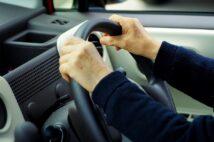Sony unveiled a sporty-designed "VISION-S" prototype vehicle at the "CES 2020" venue. At the Sony booth at CES 2020, it attracted a lot of attention and was crowded with many people every day to surround the car. This time, I was able to take a special tour of the inside of the prototype car, so I will tell you about the inside of the car with abundant photographs.
"VISION-S" was announced at Sony's press conference on January 6, prior to the opening of CES 2020. Looking ahead to the arrival of full-scale autonomous driving, this initiative aims to "open up a new world of mobility" by utilizing Sony's image sensor and sensing technologies.
The prototype vehicle that was unveiled at the CES 2020 venue uses Sony's in-vehicle CMOS image sensor, a total of 33 sensors stretched around the car body, and sensing technology to grasp the surrounding traffic conditions. It also supports automatic driving equivalent to level 2+. In addition, many in-car entertainment functions are included, such as enjoying music playback from Sony's 360-degree audio "360 Reality Audio."
Speaking of Sony and cars, some may recall the "Sociable Cart: SC-1" that the company jointly developed with Yamaha Motor. However, according to the explanation staff, the idea of utilizing Sony's image sensor technology in driving a vehicle is similar, but the "VISION-S" and SC-1 projects are basically unrelated. It was said that.
The "VISION-S" prototype vehicle seems to be positioned as a empirical experiment, but it has a general sports car-like appearance, and Sony's audio and entertainment technologies are also introduced. It's almost the same as the image we think of when we hear the word car. The car is so complete that it can be sold as a commercial car, and it is possible to actually drive it (I can't see the actual car running at the CES venue).
According to the explainer, the exterior, interior, and user interface of the prototype vehicle were created by Sony with full scratch, and the design concept of the form and cabin is named "OVAL".
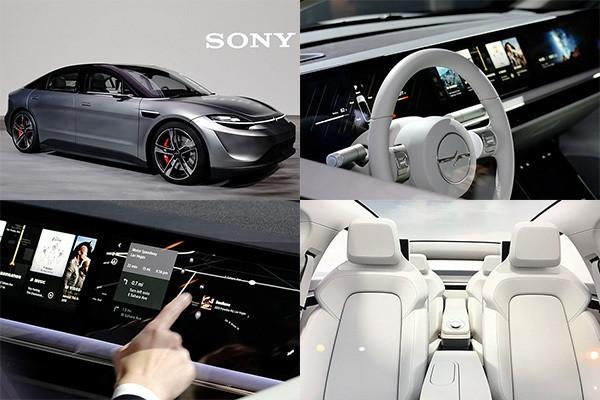
In development, we have collaborated with many companies such as BOSCH, Magna International, Continental, Qualcomm and NVIDIA. It should be noted that Sony did not develop a car called VISION-S.
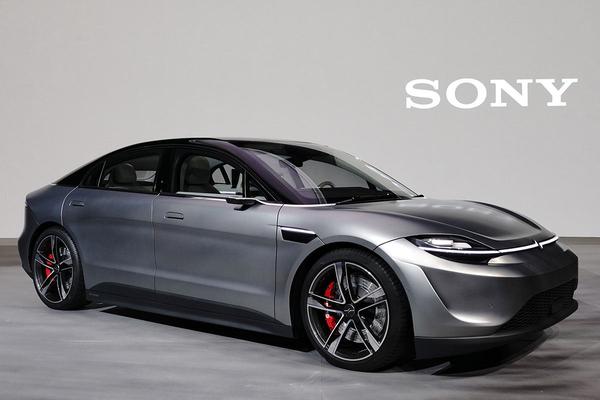
This time, some visitors such as the press were given time to experience the inside of the prototype vehicle, and the author was able to sit in the back seat and see the inside of the vehicle for a short time.
In front of the driver's seat and passenger seat, there is a horizontally long screen (panoramic screen) that supports touch operations. In addition to displaying information necessary for driving a car, you can also display a navigation screen, a viewing screen for movies and dramas, and a music playback control screen. It is also possible to concentrate on various operations from here.
The screen display is divided into multiple parts, and the display in the center of the screen and the passenger seat side can be completely switched. For example, the navigation screen operated on the passenger seat side could be moved to the center so that the driver could see it, and a demonstration was also conducted in which the display was actually replaced.
Rearview mirrors and side mirrors do not exist as "physical mirrors", but instead function as "virtual mirrors" by displaying images taken by the camera embedded in the car on the display. For example, the camera image of the part corresponding to the side mirror is displayed on the side edges of the driver's seat and the passenger seat, and the camera image of the rear glass is projected on the part corresponding to the rearview mirror. A camera is also provided on a part of the windshield, and it also has a drive recorder function that records the state of driving as a video.
You can also enjoy playing music such as "360 Reality Audio" in the car. However, unfortunately, the prototype vehicle at the CES venue only supports the front seats, and the author who was in the back seats could not experience it.
Use a smartphone with a dedicated app installed to lock / unlock the door. When the lock is released by operating from a smartphone, the VISION-S logo in front of the car body emits light, and the doorknob embedded in the car body automatically rises as the light turns on. A card key that applies NFC is also available in case the smartphone app cannot be used.
The size of the "VISION-S" prototype vehicle is 4,895 x 1,900 x 1,450 mm (total length x total width x total height), and the weight is 2,350 kg. The output is 200kW x 2 (Front / Rear) four-wheel drive, and the maximum speed is 240km. The wheelbase is 3,000mm.
The prototype vehicle of "VISION-S" is not planned to be commercialized or put on the market in this form. Nonetheless, it is very interesting that Sony clearly portrayed the future of the car at the CES 2020 venue, and we cannot take our eyes off the progress of "VISION-S" in the future.


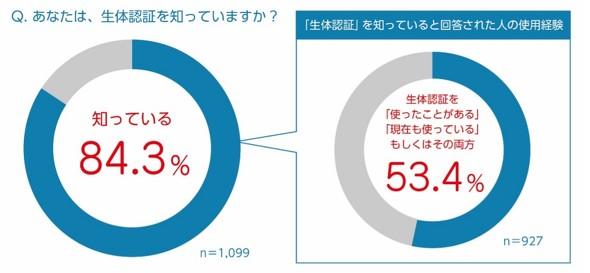
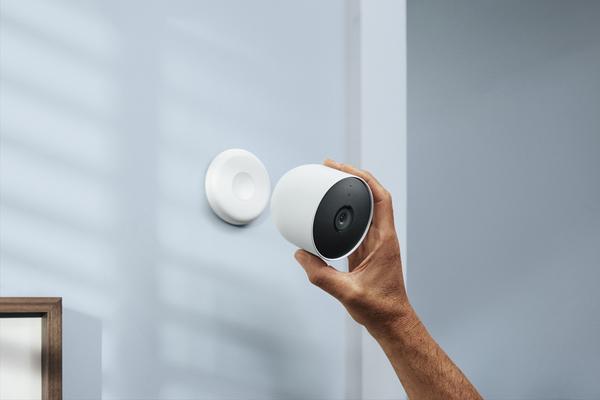

![Customized items for the new "Toyota Noah / Voxy" appear from Modellista [Tokyo Auto Salon 2022] [News]](https://website-google-hk.oss-cn-hongkong.aliyuncs.com/drawing/article_results_9/2022/3/28/2fb1fdedaad7536dd6271db30561f588_0.jpeg)
![[New Toyota Voxy (90 series)] Amplifies the characteristics of the aero body! A design that further enhances the power of the front mask! #Works direct custom deep layer 001](https://website-google-hk.oss-cn-hongkong.aliyuncs.com/drawing/article_results_9/2022/3/25/01568e2fbf021c0eaf7d013507c850a4_0.jpeg)

![[Toyota Noah / Voxy new model] Modellista releases various customized parts ... Actual vehicle exhibited at Tokyo Auto Salon](https://website-google-hk.oss-cn-hongkong.aliyuncs.com/drawing/article_results_9/2022/3/25/8268612c1e5941e62d3dfd07f8991b2f_0.jpeg)
